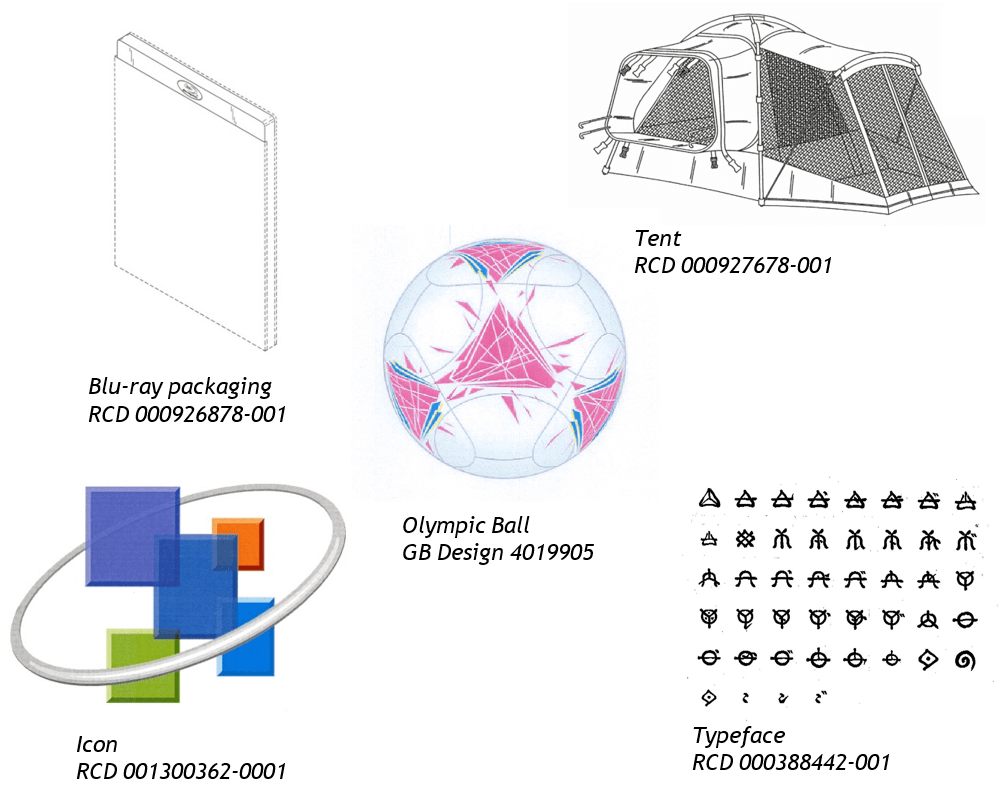Introduction to Registered Designs
Since Apple asserted a Community Registered Design against Samsung in 2012 in connection with their tablets' design rights, design rights have risen in profile. Although Apple were ultimately unsuccessful at proving infringement in some countries, the case illustrates that even a simple registered design can be a useful tool that cannot be ignored by competitors. For example, in the UK, the Intellectual Property Enterprise Court means that there is now an effective mechanism for enforcing registered designs that is relatively cheap, quick and efficient.

Design rights can be used to stop competitors replicating a new design for the appearance of a product, or part of a product, and can therefore be used to protect the exclusivity of the design.
They are used to protect the aesthetic rather than functional aspects of the appearance. Design rights can be obtained for two dimensional images (such as logos, patterns or icons) as well as three dimensional products (physical objects).
Registered Design Rights
Registered design rights provide monopoly protection, rather than only preventing copying, and so are obtained by filing an application, which includes images of the design, at a central registry. The images typically show the design from various angles if it is a design for a product, but a single image might suffice for a logo, for example. The protection afforded by a Registered Design applies to any item bearing the design (that is, it is not limited to a particular product or class of products).
A national Registered Design provides a right that is only enforceable in the country for which it is granted, and can usually be obtained by filing an application at relevant national intellectual property office. A Registered Community Design provides protection across the whole European Union, and can be obtained by filing an application at the European Union Intellectual Property Office (EUIPO). A Registered Community Design often costs little more than registered design for a single territory, and so provides extremely good value for money if it is desired to obtain rights in at least two countries of the EU. Separate registered design protection is however required for the UK. An International Design Registration system is also available (the Hague convention) for a growing number of territories in the world (including UK, USA, EU and China).
The images filed with the application determine the extent to which the registered design right can be enforced against similar designs. Therefore, it is advisable to have help from a qualified representative when preparing a design registration. The registration process itself is generally quite straightforward, and is typically completed within days. Registered design rights can be challenged but rarely are, except as a defence against an enforcement action.
Unregistered Design Rights
Unregistered design rights include national unregistered rights such as the UK Design Right and Supplementary Unregistered Design Right which have differing qualifying criteria, scope and term, as well as the European Community Design Right. These can arise automatically, provided certain conditions are met. However, the protection afforded by unregistered rights is more limited, and varies from country to country; in particular they only prevent copying of the design (so an independent creation does not infringe) and have much more limited term.
How could Registered Design protection help my business?
- Registered Designs last for up to 25 years from the date of registration. Unregistered rights offer a shorter term of protection.
- Registered Designs may allow the owner to prevent the use of the design by a competitor regardless of how the competitor arrived at the
- Having a Registered Design can be helpful in securing funding or investment.
- The registration of a design may have a deterrent effect on potential competitors. Competitors considering making similar products to those already on a market may be dissuaded if they know that relevant registered design rights
- If litigation does become necessary, a design owner with a Registered Design in addition to unregistered design rights is usually in a much stronger position than a design owner possessing only unregistered design
- In discussions before litigation, the existence of a Registered Design can considerably strengthen your negotiating
- A Registered Design can be obtained very quickly and at low cost.
Further Information
The images below provide some examples of the variety of products that can be covered by registered designs.

Please do not hesitate to contact us should you have any questions or require any advice about the issues raised in this Briefing.
